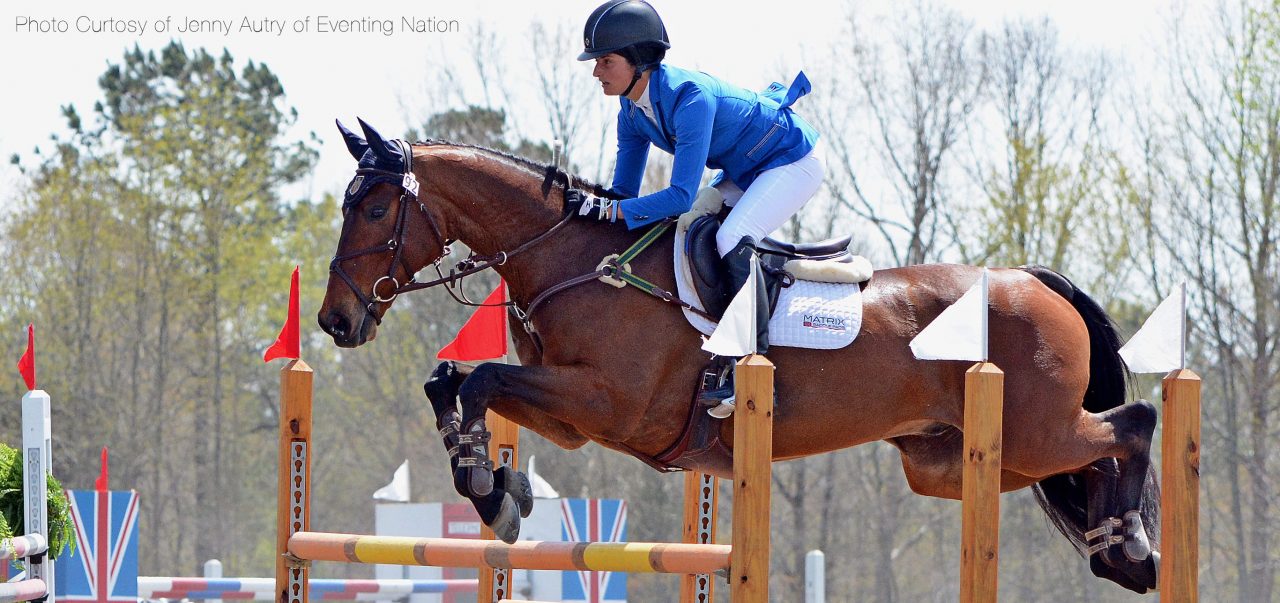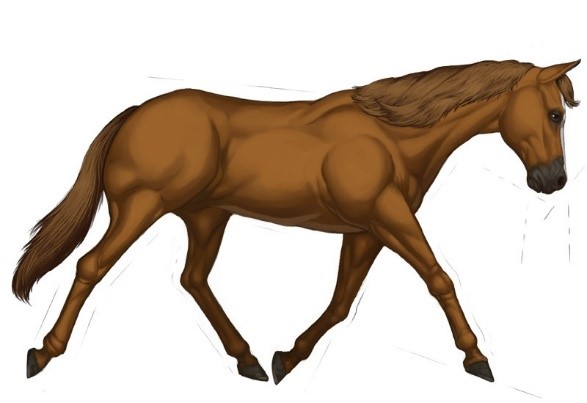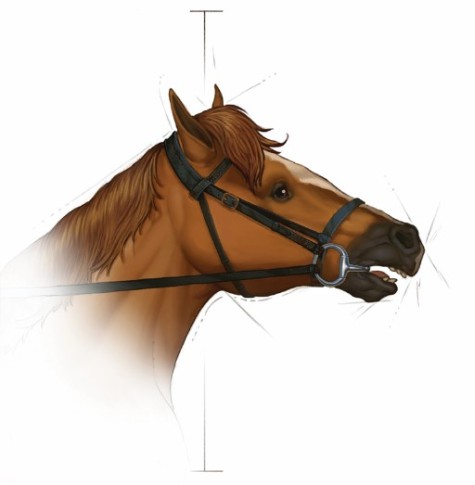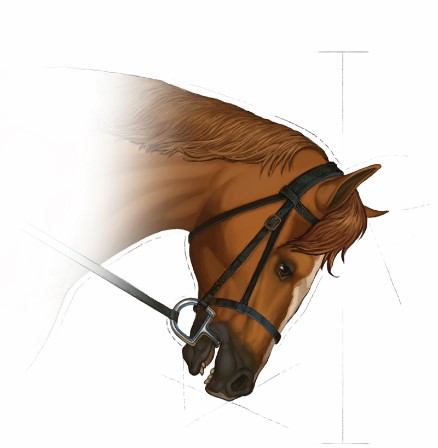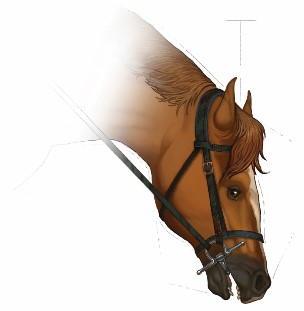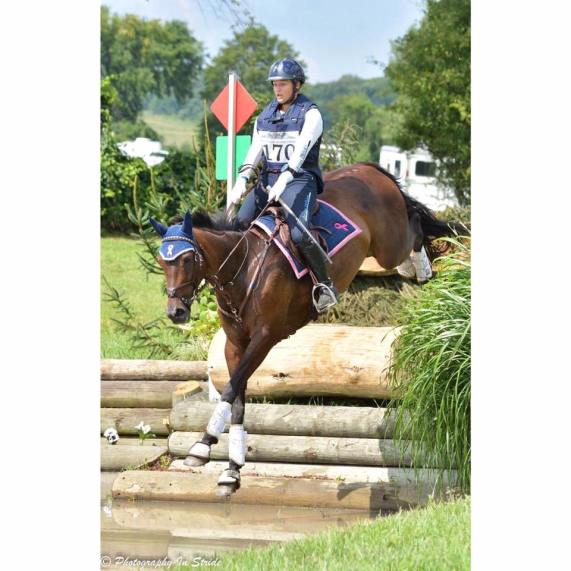
It’s that time of year again when boiling water can freeze midair and you’re unable to bathe your horse for what seems like eternity. I promise though, it’s only a few short months! If I’ve learned one thing from enduring the harsh Minnesota winters with horses, it’s that taking your time when grooming and cooling out is worth the cold fingers and toes.
Here are some helpful hints to keep the winter blues away and keep your horse’s coat shiny and healthy:
Clipping: If you know how to clip your horse or can afford to pay someone to clip, I truly believe this helps with not only pre-ride but also post-ride grooming. Even a simple trace clip can help the horses cool out quicker which shortens your time at the barn. This also helps you see any new cuts or any inflammation on your horse that you may not have seen before with their long hair. You can then feel their legs and pasterns for scabs or scratches much easier than if you are running your fingers through long hairs. You’ll also be able to feel heat if there is any inflammation anywhere. If you decide not to clip their legs, I suggest trimming up their fetlocks/pasterns to make it easier to feel anything new.
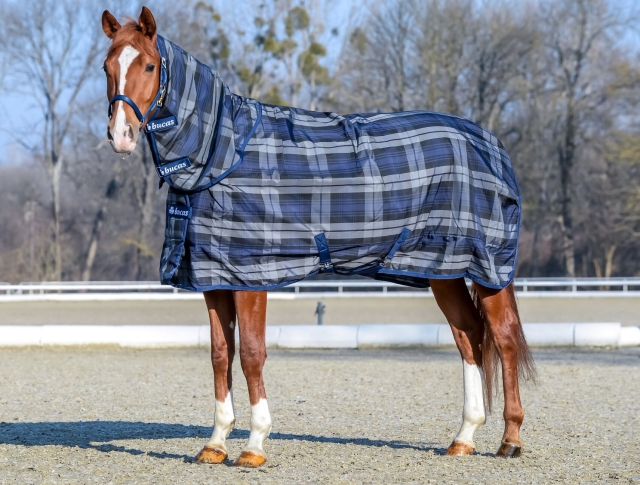
Blanketing: The next best thing if you can’t clip your horse. Blankets create a barrier between the hair and dirt/mud that a horse may encounter. Mud can cake easily onto long hairs whereas it falls easier off a horse with shorter hair. With a clipped horse, blanketing becomes a necessity, but as mentioned it does give an advantage versus an unclipped horse. See below for my blanketing schedule for different temperatures. If your barn is not insulated and is extra cold, consider folding back the blanket while grooming the front half of your horse and do vise versa for the hind end. Your horse will stay a little warmer for longer. I like to keep a cooler nearby if I am tacking up a horse early to put over the saddle to give an extra layer while they are standing around.
Waterless Shampoo: My favorite secret weapon during these long wintery periods. A good waterless shampoo will help repel dust, but it should also add hydration and reduce static/electricity. I use my favorite waterless horse shampoo myself, at shows after taking off my helmet. I cannot count the amount of times people have told me that my hair had an extra glow to it… I simply had to giggle under my breath!
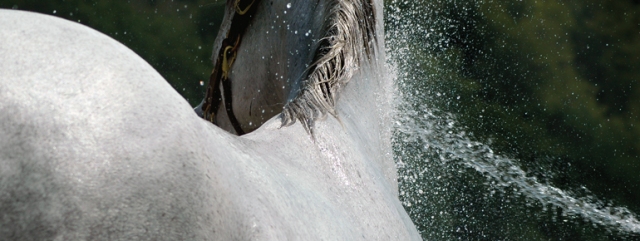
Leave-In Conditioner: If you’re trying to grow out your horse’s tail or trying to keep their tail moisturized through the winter months, a good quality leave-in conditioner is a must. I separate the hairs at the base of the tails and spray the detangler deep into the hair and do that daily. I don’t normally brush out the tail more than 3-4 times a week to prevent pulling hairs. Put your favorite leave-in conditioner in a squirt bottle for easier access. I squirt some into my hands and separate the hairs on the tail (or mane) and rub it into to the base to moisture it and then continue outwards.
Curry, Curry, Curry: One of the best things you can do to lift the dirt that is deep under the hair (if unclipped) is to curry it like you’re the Karate Kid. Wax on, wax off -vigorously. I like to spray waterless shampoo on tough soiled areas and then use a towel to rub vigorously but if you don’t have this, a good plain curry comb will work. If you have access to hot water and a towel, wet a corner of the towel and rub any super dirty spots in a circular motion to help lift dirt. If your horse loves mud and isn’t blanketed, continuously change the water so you’re not putting dirt back into the water. Make sure to have a cooler nearby so your horse isn’t sitting around wet and catches a cold.
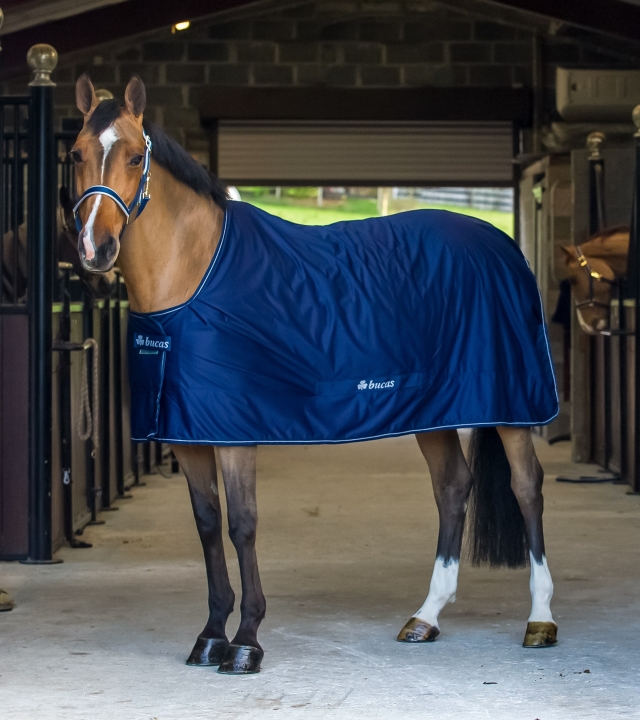
Cooling out: Always make sure your horses veins are ‘down’ before putting blankets back on your horse. When their veins are still visible ‘up’ it means that they can easily heat back up if they return outside with their friends and run around. There is nothing worse than putting a wet horse outside as they can catch a cold even quicker.
Sweat Marks: After every ride you’ll typically have sweat marks regardless if you have a clipped or unclipped horse. On a clipped horse it’ll be less noticeable but it’s still important to give the area under the saddle a good cleaning before putting back on their blankets. I mix up a sweat mark spray bottle (that you can also use pre-ride if you wanted) to help get rid of funk caused by dirt and sweat build up. I buy an empty spray bottle and fill it ½ way with water, add about 1/4 – 1/2 cup of witch hazel/or apple cider vinegar (you can eye the amount), and some sort of waterless shampoo or detangler to fill to the top and then I give it a good shake. You can play around with different products but having some sort of alcohol-based product will help treat any skin funk underneath the hair. In the winter, the dry air sucks oil out of the skin; therefore, the skin has more trouble producing the oils which create that healthy glossy look. Help the skin by adding more oil—add a little bit of baby oil to the spray bottle and shake it up every time before you use it to keep it well mixed.

Baby Wipes: The secret key to sweat marks on the face and legs. Most horses don’t like their faces being scrubbed in the summer, so they most definitely don’t like it being scrubbed in the winter. Baby wipes are my favorite go to as they are alcohol-free, fragrance-free and soft on the horses’ skin. Baby wipes also pick up dirt underneath the hair so it’s good to use them daily to prevent sweat build up which later can create issues. I also like using them on the legs as you can feel their legs for any new bumps/swelling while also getting the dirt.
Skin Funk: It’s hard to go a winter without some sort of cut or skin funk but there are ways to get rid of these without giving your horse a bath. If your horse gets a skin-funk or hives, make a mixture in an empty spray bottle of a 1:2 ratio of water and apple cider vinegar and/or witch hazel. You don’t have to rinse this off after spraying it onto the location. You can also use this as a daily grooming spray to help keep skin problems at bay.

Clean Tack, Pads and Brushes: It seems obvious but clean tack also means a cleaner horse. If you don’t clean your tack, this allows bacteria to linger on the leather and for fungi to accumulate. Therefore, when you put back on the girth or bridle, you’re going back full circle. It’s also easy to forget about clean saddle pads in the winter versus summer as your pads may not get as wet but I suggest using a clean saddle pad every day. I can understand that this isn’t always possible so try and use a new clean pad every 3-4 rides (weekly at the latest). Changing your pads more often is better as saddle pads can also hold dirt and bacteria on them the same as tack can. If you’re worried about getting too much hair in your washer, vacuum off excess hair and then wash your pads.
A helpful tip for YOU to keep warm is doing a few jumping jacks to warm your muscles back up…but be prepared for an odd judging look from your horse!

